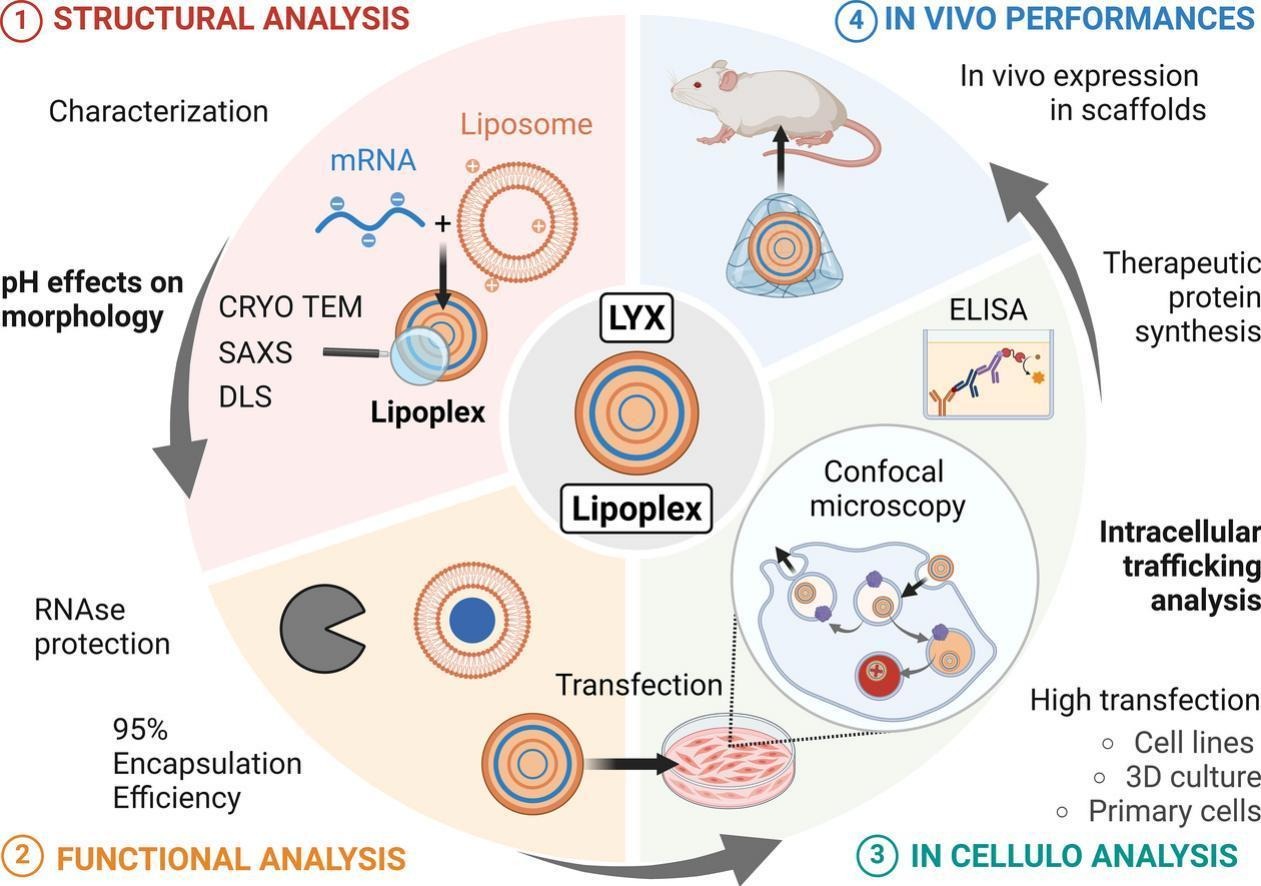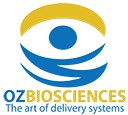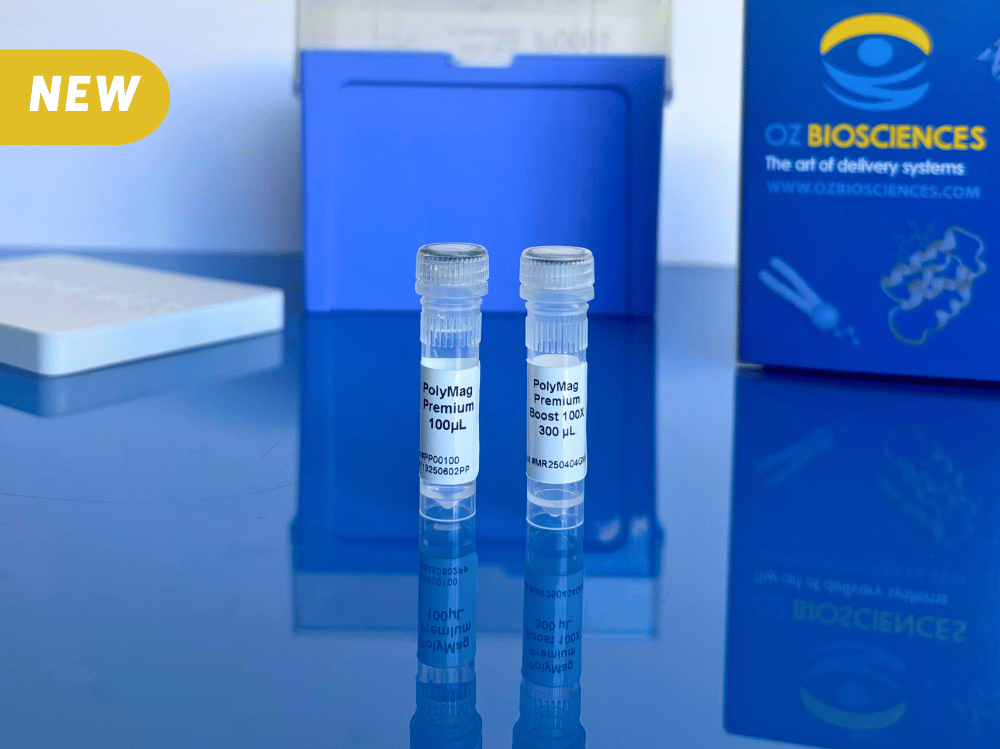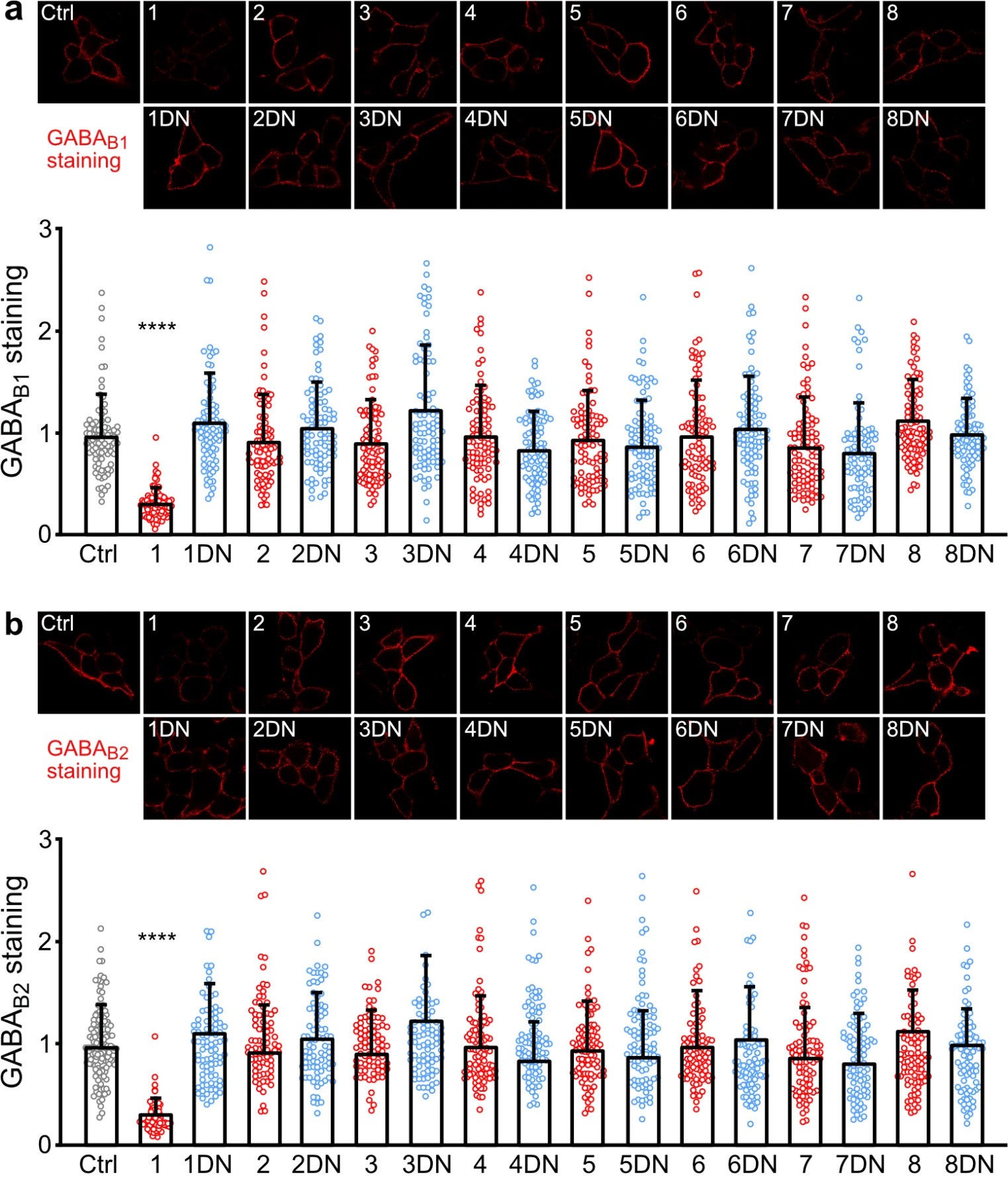BLOG > Publications & Citations > Characterization of a histidylated liposome for mRNA delivery

Authors: Albert Ngalle Loth et al.
Source: Journal of Controlled Release, Volume 379, 2025.
We are thrilled to share insights from a recent study entitled "Structural and functional characterization of a histidylated liposome for mRNA delivery" published in Journal of Controlled Release by Albert Ngalle Loth et al.
"The development of lipid-based mRNA delivery systems has significantly facilitated recent advances in mRNA-based therapeutics. Liposomes, as the pioneering class of mRNA vectors, continue to lead in clinical trials. We previously developed a histidylated liposome that demonstrated efficient nucleic acid delivery. In this study, the liposome preparation process was optimized by freeze-drying followed by extrusion to homogenize size distribution and improve storage stability. A comprehensive characterization of these LYX liposomes was performed, including evaluation in cellular and murine animal models.
LYX liposomes can be stored for up to one year at 4 °C, maintaining a stable size (150 ± 10 nm) and polydispersity index (0.10 ± 0.02), while preserving their transfection efficacy. They exhibit high encapsulation efficacy (∼95 %) and protect mRNA from RNase degradation. Lamellar organization was confirmed by Small Angle X-ray Scattering and CryoTEM, and intracellular trafficking was examined using confocal microscopy. LYX-mRNA lipoplexes can transfect both cell lines and primary cells, albeit with a lower transfection efficacy compared to the commercial Lipofectamine MessengerMAX™ vector. Our data suggest that this could be attributed to slower cell uptake and reduced endosomal escape of LYX. LYX liposomes effectively delivered mRNA encoding therapeutic BMP2 and BMP9 molecules, producing significant amounts of functional proteins that successfully induced BMP signaling. In addition, in vivo studies demonstrated the potential of LYX lipoplexes when incorporated into hydrogels and implanted subcutaneously in mice. These findings provided evidence that LYX liposomes are a promising platform for mRNA delivery, offering versatility for multiple applications."
Congratulations to all authors for this great article.
Our F-Luc mRNA was encapsulated in liposomes and used to transfect MSC in 2D and 3D in vitro model as well as in vivo.
Read the article See our F-Luc mRNA







